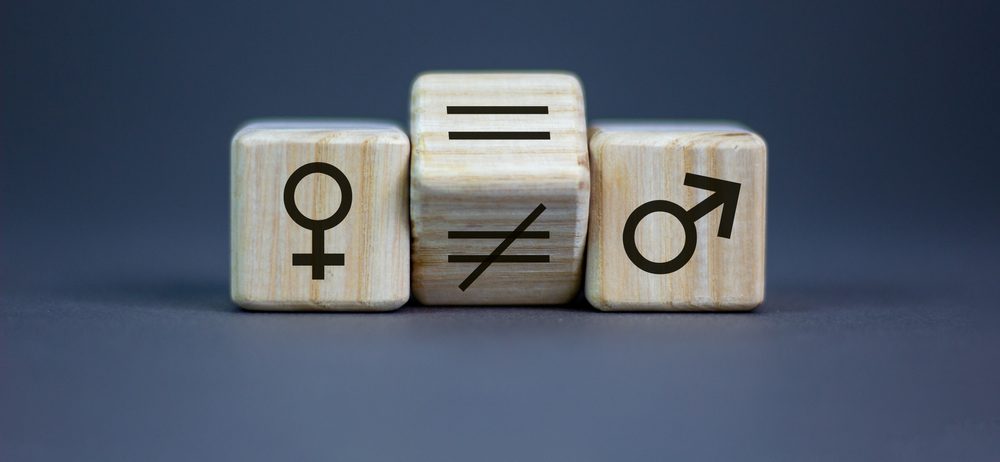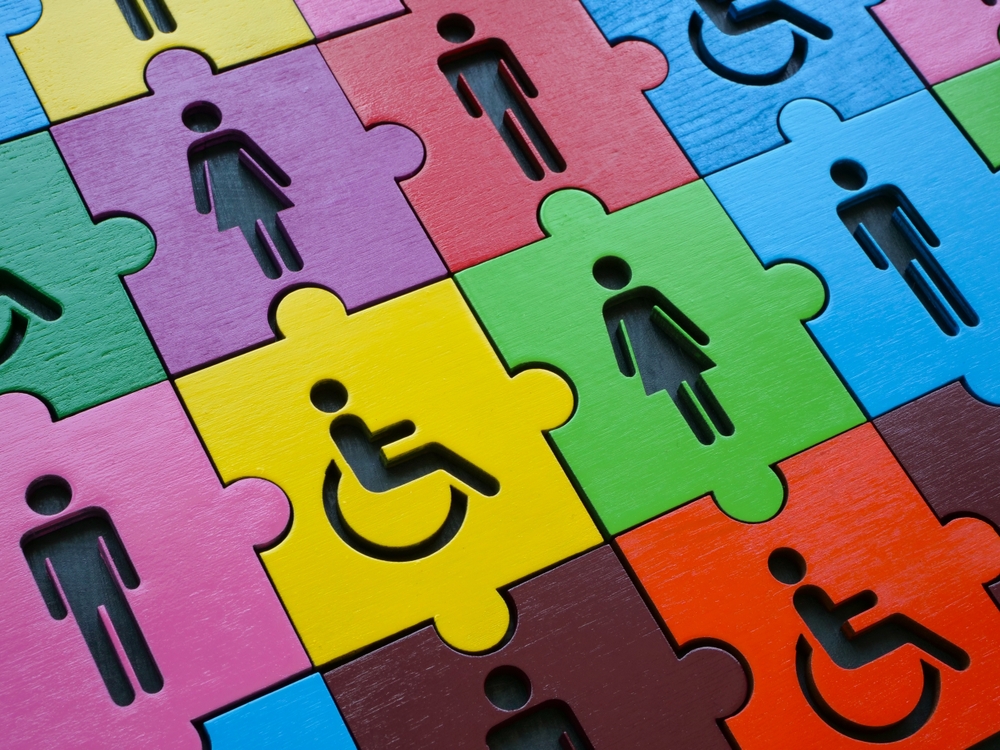I, like many in corporate and academic environments have been discriminated against because of my gender. I have been treated unfairly because I am female. As a result, I have chosen to leave jobs because my pay was considerably lower than my male colleagues, even though I was doing the same work, had the same level of qualifications and more experience. I have chosen to leave leaders who offer male peers better opportunities than me, even though we are at the same level. I have fought for the same exposure to networks and influencers that my male peers were gifted. My experience of these situations have taught me two things. Firstly, I am intolerant of organisations and leaders who treat staff differently based on reasons other than competence. Secondly, the gap in gender inequality is slow to close.
Putting my decades of experiences to one side, the issue of gender parity in leadership is one of global importance. Commonly cited benefits of increasing female representation in leadership positions, at executive and at Board level include; better decision making, better problem solving, effective challenges to traditional mindsets and enhanced organisational communication. Along with these, the Centre for Creative Leadership (CCL) also suggest:
“Fortune 500 companies with the highest representation of women on boards financially outperform companies with the lowest representation of women on boards and gender-diverse teams have higher sales and profits compared to male-dominated teams”.
If these financial benefits are not impressive enough, CCL also highlight that organisations which support women in leadership roles, experience lower levels of burnout, higher levels of engagement and higher levels of job satisfaction among employees. Yet, despite these financial, competitive and wellbeing benefits there is still inadequate female representation in leadership roles. The Global Gender Gap report (2020) suggests that only 36% of senior private sector managers and public sector officials are female. While this figure marks a small improvement, there are some countries actively addressing this type of gender inequality better than others. Specifically called out in the report are; Cape Verde, Mali, Nigeria, Sierra Leone and Indonesia who are described as displaying significant improvements in appointing females into leadership positions. What can we learn from each other to ensure positive momentum is maintained?
The topic of gender inequality in leadership has been examined from many perspectives and from my research on the literature, experience of working with senior teams and being a woman in a leadership position I have selected the following four tips for consideration. These are suggestions to open thinking and dialogue within organisations on how to effectively support females moving into leadership roles.
Plan for mindset shifts at the organisational level
Organisational mindsets can be hard to change. As with other aspects of organisational culture, values, beliefs, behaviours and classic associations organisations have with male and female roles can run deep. Organisations can set clear expectations on the behaviours, the roles and the career paths of its employees based on their gender. These expectations can last for generations if not challenged. Examining the mindset of an organisation in respect to its expectations of gender roles is a starting point. Honest appraisal of the organisational appetite for having women in positions of leadership is a crucial step.
Not all organisations will agree with or be ready for meaningful gender diversity at senior levels. If this is the case, then it should be called out and then addressed. To deny this readiness or to approach the appointment of female leaders with insincerity can do more harm than good.
Call out unconscious bias
Building on from organisational mindset, unconscious bias is present in all regardless of level or gender. Unconscious bias can influence our decisions in powerful ways, often with little or invalid support. Similarity bias for example, suggests that we will commonly hire or promote people to a leadership team that reflect key qualities of the current leader or team. Whether this is appearance, race, thinking patterns or gender the similarity bias serves to maintain sameness, in thinking and behaviours while discounting the benefits that diversity can bring.
Forbes (2018), highlight descriptive and prescriptive biases that exist in the workplace. Descriptive bias refers to the labels we ascribe to our deep-rooted perceptions of what the genders “should be like”. For example, women are often described as gentle, caring and nurturing. It is easy for us to call to mind examples of women with these qualities. Prescriptive bias refers to judgements on how genders “should behave” and the types of role that suit genders better. These biases commonly act as barriers to gender equality. Imagine a female, who is assertive and ambitious (typically traits ascribed positively to males) is recommended for a senior leadership position or even that of CEO (typically positions held by males). The descriptive and prescriptive biases can lead to fast presumptions of incompetence, poor fit and poor leadership capabilities. These qualities and this role just don’t match our unconscious perception of what it means to be female and they roles they should fill. We fall fowl of our unconscious bias and stereotype thinking regularly and they are powerful influencers of our perceptions of others. The maternal bias as a final example, is the misassumption that mothers are less competent and less committed to their work. As a result (reported in The Independent, 2019) are two thirds less likely than men to get promoted after having children.
It is worth pointing out that in terms closing the gender inequality gap, women can hold these unconscious biases towards other women. The Gender Social Norms Index, produced by the United Nations Development Programme (2020) which examines how social beliefs affect gender equality, reported that close to 90% of men hold some form of bias against women and 90% of women do too.
To address the issues of unconscious bias 1) create deeper awareness for all staff of the existence and impact of unconscious bias 2) consciously test and check assumptions being made about people in the organisation 3) education staff of the benefits of diversity using real examples from the organisation.
Level the playing field from day 1

Although every organisation will experience this differently, there are circumstances that affect staff differently depending on their gender. Child care, caring roles, financial constraints, upskills and re-education have been traditionally associated with barriers to progression for female employees. Yet, emerging from the pandemic, many organisations are rethinking how work practice is structured. The opportunity for flexible working, upskilling, and even leadership opportunities has changed for many and there is a narrative that some of the traditional barriers that existed pre-covid can be positively addressed through new ways of working. This could benefit all regardless of gender. Removing barriers helps to level the playing field. Equal exposure to opportunities for all staff will support organisations to develop their talent in different ways. Mentoring, reverse mentoring and coaching initiatives within organisations provide supportive and challenging means for staff to develop thinking skills and capabilities to help progression. Understanding the type of barriers that exist within organisations and the impact of these can help inform strategic directions and advancement of talent. Including a representative sample of staff will help manage unconscious bias in thinking about how to create a fair and equitable workplace.
Value diversity: Walk the talk
“Diversity”, “gender equality”, “inclusion”, “bias free”; are ideas and concepts on many corporate agendas and they should be. Yet, having these agenda items and addressing organisational behaviour, values, policies and leadership mindset are two different sides of the coin. It has been shown that while initiatives, for example, that highlight gender inequality can promote awareness they are less impactful in creating long term systemic behavioural change. For this, leaders, leadership teams and all staff need to understand and buy-in to lasting behaviour changes. This may mean the talk in some organisations literally needs to change. What is the real value of diversity and gender equality in your organisation? What impact would it have now and in the future? What would it take to ensure a greater representation of females in leadership positions? What needs to change?
Closing the gender equality gap in organisational leadership requires open, honest conversations focused on current approaches to leadership and future leadership strategy. Creating a sustainable climate that nurtures females leaders should begin on their first day in the organisation regardless of their role. Ensuring policies reflect equity in opportunity and easy of promotion for all will support a culture where female staff feel valued and able to use the qualities they have to enhance leadership within the organisation. To close the gap, first acknowledge it exists and then plan for change.





